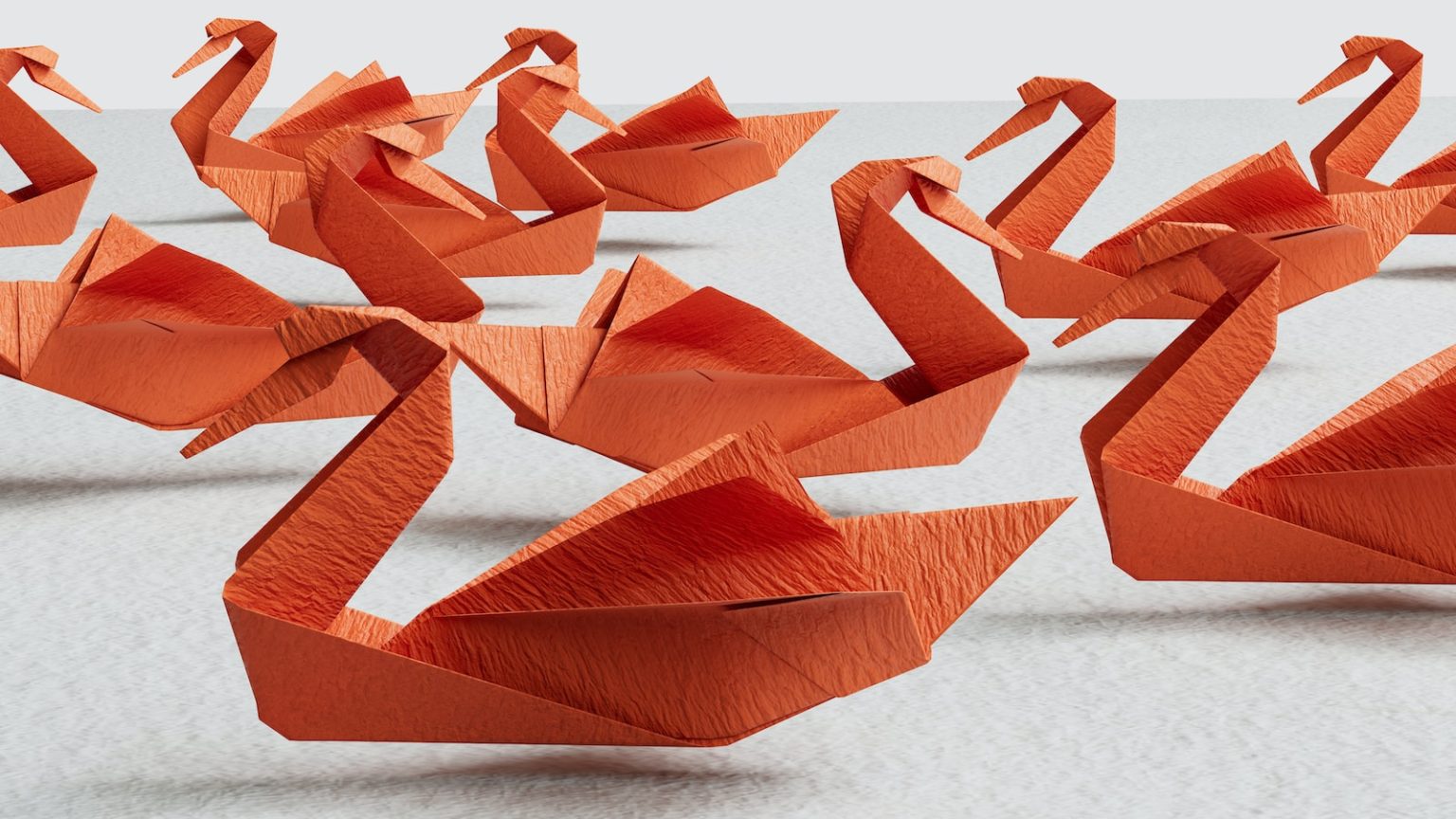Blender is a powerful 3D modeling software that can be used to create stunning visuals for movies, games, and other multimedia projects. If you are a beginner to Blender, it may take some time to get used to the interface and the tools. However, once you get the hang of it, you can create complex models with ease.
In this article, we will discuss some advanced techniques in Blender for 3D modeling. These techniques will help you to create more complex and detailed models that can be used in movies and other visual media.
1. Sculpting
Sculpting is a powerful tool in Blender that can be used to create organic shapes and textures. This technique is especially useful for creating characters, animals, and other living things. With the sculpting tool, you can add details like wrinkles, pores, and other subtle features that make your models look more realistic.
To use the sculpting tool, you need to have a tablet and a stylus. With the stylus, you can sculpt the model as if you were using clay. You can use different brushes to create different effects, such as wrinkles, bumps, and textures.
2. Retopology
Retopology is the process of creating a new mesh over an existing mesh. This technique is useful when you have a high-poly mesh that you want to use in a game or a movie. By creating a new mesh over the high-poly mesh, you can reduce the number of polygons and make the model more efficient.
To use the retopology tool in Blender, you need to create a new mesh and then use the snapping tool to snap the new mesh to the high-poly mesh. You can then use the sculpting tool to add details to the new mesh.
3. UV Mapping
UV mapping is the process of mapping a 2D texture onto a 3D model. This technique is important for creating realistic textures on your models. With UV mapping, you can create textures that wrap around the model and follow its contours.
To use the UV mapping tool in Blender, you need to create a UV map for your model. This map will show you where the different parts of the texture should be placed on the model. You can then use the texture painting tool to paint the texture onto the model.
4. Rigging
Rigging is the process of creating a skeleton for your model. This technique is important for creating animations, as it allows you to move the different parts of the model independently. With rigging, you can create complex animations that would be impossible to do manually.
To use the rigging tool in Blender, you need to create a skeleton for your model. You can then use the weight painting tool to assign different weights to the different parts of the model. These weights will determine how much influence the bones have on the model.
Conclusion
Blender is a powerful 3D modeling software that can be used to create stunning visuals for movies, games, and other multimedia projects. With the advanced techniques discussed in this article, you can create more complex and detailed models that can be used in movies and other visual media. So, start experimenting with these techniques and see what amazing creations you can come up with!




